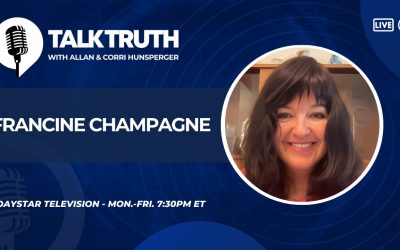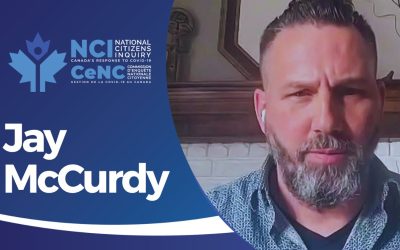Many eastern Canadians do not think much of Alberta’s roaring economic success. They love putting down their wealthy western cousins as loutish rednecks who have the dumb luck to be sitting on pools of oil and natural gas.
They do not seem to have noticed that the entire Albertan economy – not just the energy sector – is booming, growing faster than that of any other province. Maybe, with this kind of surging growth year after year, something more than a lucky inheritance is involved. It could be that Albertans are actually doing some things right in building their economy.
Many educators acknowledge that over the past 30 years Alberta has quietly built the finest public education system in Canada.
The curriculum has been revised, stressing core subjects (English, science, mathematics), school facilities and the training of teachers have been improved, clear achievement goals have been set and a rigorous province-wide testing program for grades 3 (aged 7-8), 6 (10-11), 9 (13-14) and 12 (16-17) has been established to ensure they are met.
It is all paying off. Alberta’s students regularly outshine those from other Canadian provinces: In 2004 national tests, Alberta’s 13- and 16-year-olds ranked first in mathematics and science, and third in writing. And in international tests they rank alongside the best in the world: In the OECD’s 2003 PISA study, the province’s 15-year-olds scored among the top four of 40 countries in mathematics, reading and science.
Elsewhere in Canada, especially British Columbia and Ontario, dissatisfaction with public-school standards is increasingly driving parents to pack their children off to private schools.
Over the past decade, the proportion of students in such schools has risen by 20 per cent in Canada as a whole, and double that in Ontario. But the private system does not have the same appeal in Alberta, where some 80 per cent of parents say they are happy with the public schools.
This is especially true in the province’s capital of Edmonton, which is noted for its innovative system stressing choice, accountability and competition. Funding there is based on the number of students in a school. Each school controls its own budget, spending money on its own educational priorities (such as improving aboriginal student results), while following the provincial curriculum.
Students are free to (and 57 per cent do) attend any school in the city, not just in their own neighbourhood. They can seek out schools specializing in the arts, sports, leadership skills, girls-only education, aboriginal culture, Mandarin, and many other alternative programs – or simply choose the schools with the best academic results. Students in every grade are tested annually and their scores published.
The results are also used to improve teaching. There is currently a citywide push to ensure that all children in Edmonton can read competently by Grade 3 (88 per cent now can). Far from fearing private-school competition, the city’s public system has embraced it: It has already absorbed three private religious schools (two Christian, one Hebrew).
“In Edmonton,” says Angus McBeath, the city’s recently retired schools chief, “the litmus test is that the rich send their kids to the public schools, not the private schools.”
Another litmus test is the extent to which Edmonton’s ideas are being studied by educators from elsewhere (mostly the United States, but some also from Ontario and British Columbia) and are now being emulated.
Pilot projects on the Edmonton model have already been launched by school boards in Colorado Springs, Colo., Oakland, Calif., and New York City.
All this is not to say that they have all the answers in Alberta. Their rigorous measurement scheme has revealed that schools still need to do a lot better teaching aboriginal and immigrant children and ensuring that more students finish high school.
At present, about 30 per cent of students drop out early, compared with 25 per cent for the country as a whole. That, Alberta’s educators admit, is an embarrassing statistic. But in the province’s red-hot economy, a 17-year-old with a driver’s licence can drop out and easily make $60,000 a year driving a truck serving an oil-drilling camp. That’s tough competition.



